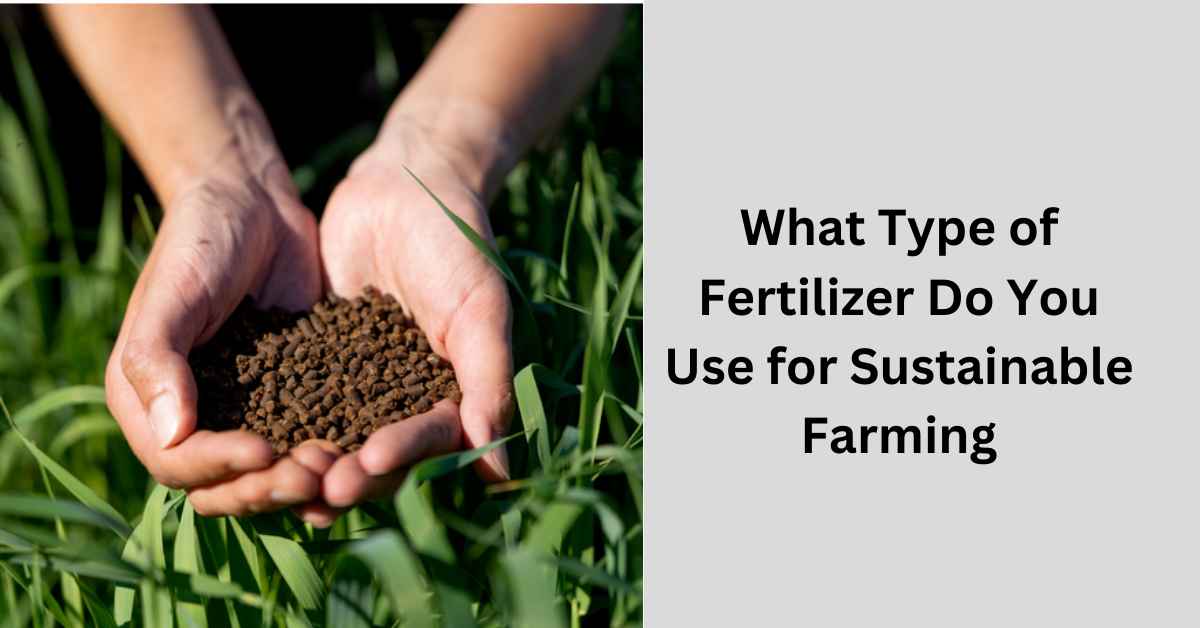What Type of Fertilizer Do You Use for Sustainable Farming?
Sustainable farming practices aim to protect the environment while still producing healthy crops. Using natural fertilizers helps enrich the soil without chemicals or other harsh additives.
California’s strawberry farmers utilize several earth-friendly fertilizer options to nurture their fields. Here are some natural fertilizer options:
Manure
Manure from livestock and poultry is one of the oldest and most common natural fertilizers for sustainable farming. Farmers might use the manure to bury it around plants to provide a slow, steady release of nutrients.
Various animals, such as chicken, cow, horse, sheep, and pig manure, can fertilize soil effectively. Farmers will usually compost manure to reduce bacteria before applying it. Composting manure also helps make the nutrients more readily available for plant absorption.
Mulch
Mulch is another option for fertilizing and helps to enrich the soil. Some organic mulching materials might include bark, straw, pine needles, leaves, and grass clippings. As these mulch materials eventually decompose, they help to release nutrients into the ground.
Mulch also helps soil retain moisture and allows air to penetrate to plant roots. If successful, these properties spur further growth. Mulch may be worked into the top layer of soil or simply spread atop it. California’s strawberry farmers may use straw mulch in their fields. The straw helps prevent weed growth and regulate soil moisture.
Compost
Most compost contains decayed organic matter, and it helps provide an excellent natural fertilizer. Farmers may put yard waste, crop residue, manure, and other organic materials into piles to create compost. The farmers help the piles become aerated and turned periodically while the contents decompose.
Active composting may take several weeks or months. Once the compost is ready, it can deliver key nutrients like nitrogen, phosphorus, and potassium. It provides and improves the soil structure and microbiology.
Like mulch, compost may be tilled into the soil or applied on top. Many California strawberry farmers can rely on compost from animals such as cattle manure, straw, or other byproducts they have on hand.
Cover Crops
Cover crops can include grains, legumes, or other plants to help enrich fallow fields. As cover crops grow and their roots stabilize, they help to aerate the soil. Once the crops mature, the farmer can tilt them into the ground. Popular cover crop options include cereals like rye, oats, and legumes such as vetch or clover.
Seaweed and Fish Emulsions
Seaweeds can have trace nutrients like iron, magnesium, and zinc, depending on their location. After washing off excess salt, farmers may apply the seaweed directly as mulch or compost it first. Dried seaweed may also be brewed into a liquid fertilizer.
Fish emulsions help the process of compost break down proteins and oils. Fish emulsion can help provide nitrogen, phosphorus, and other nutrients. While not readily available inland, coastal growers may use seaweed and fish waste from nearby waters. These organic amendments help improve soil quality without chemicals.
Choosing the Right Fertilizer for Sustainable Farming
The most effective fertilizer has a plan that nourishes the crop, feeds the soil ecosystem, and sustains resources for the future. When selecting fertilizers for sustainable farming, help identify the crop’s needs, soil conditions, and environmental impacts. Consider natural sources to provide a steady supply of fertilizers.




